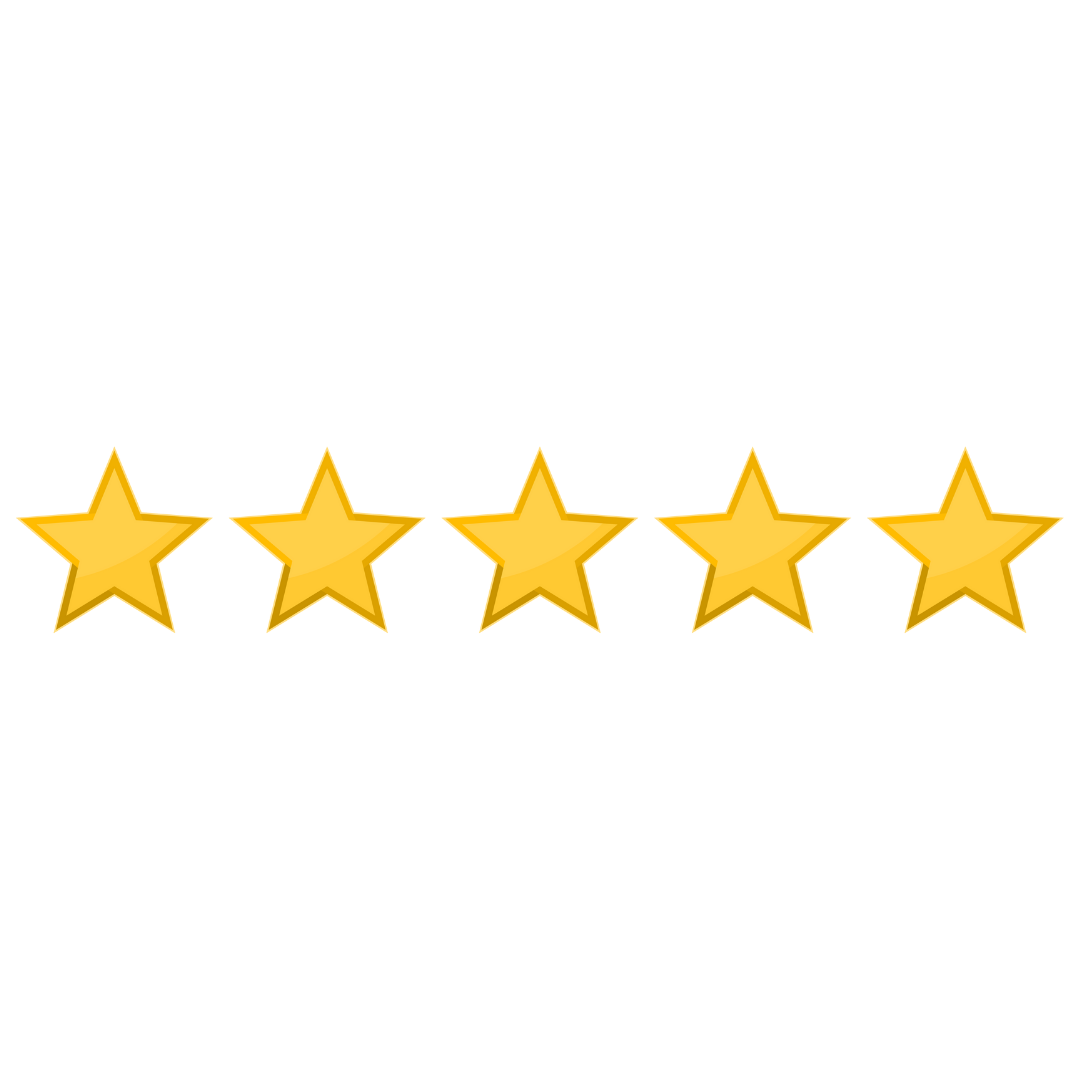David Dines, MD, has built his practice based on decades of clinical experience and research focusing on the shoulder and related injuries. He is the Medical Director for the ATP World Tennis Tour and has operated on thousands of shoulders throughout his career while publishing many of the most important research articles and textbooks on shoulder surgery.
Joshua Dines, MD provides a full range of Sports Medicine services, including surgical and non-surgical treatments for injuries to the shoulder, knee, and elbow. He works with the NY Mets and NY Rangers as well as college athletes, high-school athletes, weekend warriors, and those patients just looking to get back to performing their everyday activities without pain. Together, Dines Orthopedics offers offices in two convenient locations in New York City at Hospital for Special Surgery and in Uniondale Long Island, offering their patients surgical and non-surgical options in both locations.
Dines Orthopedic provides a broad range of highly specialized Orthopedic Sports Medicine Services. Our team will properly evaluate and treat sports-related and chronic conditions affecting the elbow, knee, and shoulder. Sports injuries are often a result of overuse and wear and tear.
When surgery is required, you can trust that you are in the right hands at Dines Orthopedic. Our surgeons have performed thousands of procedures and improved the lives of countless patients through our comprehensive care.
Orthopedic Surgery For a Distal Bicep Tear
The bicep, a muscle located at the front of the upper arm, attaches our elbows and shoulders by tendons. Our biceps are connected to our elbows by the distal biceps tendon, which helps us bend and rotate our arms. If this tendon gets torn, it may prevent you from having full function of your arm. An injury to your bicep can make most of your everyday activities painful, and if you are an athlete, it could keep you from being able to participate. We suggest contacting us at Dines Orthopedics near Mineola, NY, to receive treatment for your bicep injury. Visit our Orthopedic Doctor Garden City today!
Orthopedic Doctor Garden City 
While Distal Bicep Tears are uncommon, they can severely weaken your arm. Two types of Distal Bicep Tears that can occur are partial tears or complete tears. Partial tears happen when the soft tissue is damaged, but the tendon is not completely severed. Complete tears, which are most common in distal bicep tears, occur when the tendon fully detaches from the bone. Distal Bicep Tears are typically a result of a sudden injury. If there is too much strain on your biceps that forces your arm straight, then your chances of tearing the distal bicep are increased. In most cases, if you have a tear in your distal bicep tendon, surgery is needed to regain your arm’s full function. Symptoms of a distal bicep tear include:
- Swelling in the front of the elbow
- Bruising on the elbow and forearm
- A bulge in the upper arm area
- Weakness in bending the elbow
- Weakness in twisting the forearm
If you are experiencing any of these symptoms, you should consider going to an Orthopedic Doctor Garden City. The most common demographic to experience this type of injury is Males ranging from 40 to 60 years old. However, it is possible to injure your bicep at any age. The typical cause of this injury is a strong, abrupt force that extends the elbow in the wrong direction. Depending on the severity of your injury, you could partially or fully tear your bicep.
After tearing your Distal Bicep Tendon, orthopedics recommend you go in for surgery two to three weeks after the injury occurred. Receiving surgery within this time frame will prevent the muscle from scarring and avoid any other complications. There are a variety of procedures that orthopedics can follow to fix the torn tendon. Common procedures include:
- Attaching the tendons with stitches by drilling a hole through the radius bone
- A single incision through the front of your elbow
- Small incisions through the front and back of your elbow
- Using metal implants to attach the tendon to the bone
It is important to look at each procedure’s pros and cons with an orthopedic in Mineola, NY, to see which option is best for you. After surgery, your arm will be put in either a cast, splint, or brace to help the tendon heal correctly. The typical recovery time from surgery is about three months. Your doctor will develop a rehabilitation plan to get your arm back to its full functional levels, without re-tearing the distal bicep. Rehabilitation plans typically include light resistance exercises, which will help get your strength and range of motion back.
Contact Our Orthopedic Doctor Garden City
If you are looking for an Orthopedic Doctor Garden City, look no further than Dines Orthopedics. Our broad range of Orthopedic services and our years of experience allow us to help our patients receive the best surgical and non-surgical treatment options to get them back to their everyday activities. Contact Dines Orthopedics today to find out more information about our services and how we can help you.
What is Dead Arm Syndrome?
Finding orthopedic care that you can rely on can be a hassle. You want an orthopedic specialist that you can trust to give you overwhelmingly positive care at a rate you can agree with. Go with the local specialist you can rely on at Dines Orthopedics for Orthopedic Doctor Garden City. If you’re an interested local who would love to see how they can help nurse your pain, Contact Dines Orthopedics today to find out more information about our services and see how we can help you.
What is Dead Arm Syndrome?
Dead arm syndrome is a common occurrence in the orthopedic world and can become a significant issue to those experiencing it. Dead Arm Syndrome, which can also be known as shoulder instability, is an ailment in the shoulder where the ligaments and tendons holding the bones of the arm and shoulder together become over-worn and start to feel out of place. The pain in this comes from the stress being applied to the unstable ligaments found within the shoulder, incredibly unstable. The unstable ligament can either be seen from excessive use and stress being applied to the ligament. The patient could be born with already unstable ligaments(sometimes referred to as double-jointedness).
Causes and Ways To Prevent Dead Arm Syndrome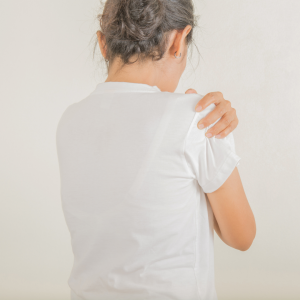
Dead Arm Syndrome is most associated with the realm of baseball. The ball’s constant throwing leads to stress within the ligaments that can cause them to become unstable with enough force applied to it. However, this mostly happens when the shoulder muscles are underdeveloped, and injury can stem from a lack of shoulder strengthening and stretching. The larger muscle groups associated with the shoulder, mainly the muscles group around the shoulder, such as those located in the chest and back, can prevent later shoulder injuries down the road when they are strengthened correctly. Some exercises that can be utilized to help prevent further shoulder ailments later on in anyone’s life are:
- Internal and external shoulder rotations – using a band attached to a wall or call, stand horizontal to the pole, gripping the band with the opposite arm as you pull outwards towards your body. This will strengthen the surrounding muscles associated with the rotator cuff.
- Deltoid lateral raises – using a lightweight in both hands, lift your waistline’s weight to parallel with your shoulder, feeling a sensation in your upper shoulder. This will work for the deltoid muscle group to have the surrounding muscle able to prevent shoulder instability.
- Standing row– using the same band attachment from a previous exercise, grip the band and pull back towards yourself as you face the wall. Your shoulder should be bent and going up slightly towards your body as you make a rowing motion. This exercise works the muscle groups associated with your back shoulder connections and should allow a broader range of motion when reaching behind yourself.
- Elbow extension – using a lightweight, lift your for arm at an angle, side-by-side with your head. At this angle, gripping the weight, extend your elbow out, just slightly, keeping the elbow bent. This keeps your triceps strengthened, so when moving, is a lesser likelihood of stress-caused instability.
Contact Our Orthopedic Doctor Garden City
Now that we understand some of the best forms of prevention against Dead Arm Syndrome and other ailments, the next step is reaching out to Orthopedic Doctor Garden City. The local care and information you need for ailment recovery and prevention start with merely reaching out to the wonderful specialists located in New York City’s upper east side. They have the tools and knowledge they need to keep you on an efficient track to recovery and leading a healthy lifestyle. For more information, visit Dines Orthopedics today!
Treating Golfers Elbow
Millions of Americans experience some form of elbow injury every year. Dines Orthopedics offers treatment for many of these injuries with our Orthopedic doctor Garden City. We can treat your elbow injury and help you get back to doing what you love. Elbow injuries are frequent among athletes and can be debilitating depending on your sport. For golfers developing an elbow injury could mean weeks staying off the course for weeks. If you believe you have developed golfers elbow contact Dines Orthopedics today.
One of the most common injuries our Orthopedic doctor Garden City treats is medial epicondylitis, also known as golfers’ elbow. People who suffer from medial epicondylitis experience pain in the inner aspect of the elbow. They may also experience pain or weakness in their wrist flexion and forearm pronation. Medial epicondylitis can also affect your daily activities, such as pouring a drink or shaking someone’s hand.
Although the name could give off the impression that it only affects golfers, it can happen to anyone who overuses their forearm. Tennis players are prone to getting medial epicondylitis rather than lateral epicondylitis. For golfers, medial epicondylitis occurs when they play golf too much. The condition can also happen to golfers based on poor form. Medial epicondylitis is a widespread elbow injury that can affect one who overuses the muscles. Let’s take a look at the symptoms of and how golfers’ elbows can be treated.
Symptoms for Golfers Elbow
The leading cause for golfers’ elbow is usually the overuse of the muscles that help you grip, rotate your arm, and flex your wrist. It’s common for golfers to experience medial epicondylitis due to the repetitive swinging, flexing, and gripping. These repetitive motions can cause tears or pulls in the arm’s tendons. Some examples of typical symptoms for golfers elbow are:
- Pain and tenderness felt in the inner side of the elbow
- Feeling of stiffness in your elbow
- Hand and wrist weakness
- Experiencing numbness or tingling
These symptoms can also be mistaken for other conditions such as cubital tunnel syndrome, ulnar collateral ligament, or ulnar neuritis. That’s why it’s essential to see a physician, so you can get an accurate diagnosis for the symptoms. Our Orthopedic doctor Garden City can help give the proper diagnosis for your symptoms.
Treatment for Golfers Elbow
Treatment for golfers’ elbows usually involves conservative treatment most of the time. The most essential step to recovering from golfers’ elbow is ending the activity that’s causing the injury. An example would be a golfer or tennis player who would have to stop playing their sports to heal. An adequately structured physical therapy program that focuses on stretching and strengthening the muscles is essential for the golfers’ elbow treatment process. When the golfer or athlete experiences zero pain in their muscles after the treatment process, they must slowly return to their sports to avoid the elbow’s overuse.
In some cases, the injury could be more chronic. In some cases, specifically acute cases, some may rely on the usage of cortisone injections. Cortisone injections can help ease the pain for the injury; however, the injections’ benefits are not for the long-term recovery. The injections may also cause some adverse side effects. An example of these side effects is making the tendon more prone to tearing if more injections are administered. There are two last treatment options for people who did not use physical therapy for treatment or have a more chronic case.
The first treatment option is the usage of platelet-rich plasma. Platelet-rich plasma injections do not provide the same adverse side effects that cortisone injections cause. If platelet-rich plasma injections do not work for the patient, they will most likely undergo surgery.
The surgery is not long, and the patient would be home the same day of the procedure. The surgery consists of a small incision removing the torn tendon’s degenerate piece and repairing the tendon to help the elbow get back to its healthy state. After the surgery, the patient is usually kept in a splint for a week and then placed into physical therapy the following week. For athletes, they would most likely return to their sports within three months after the surgery.
Orthopedic doctor Garden City
Are you experiencing any symptoms of golfers’ elbows? Are you suffering from golfers’ elbows and need treatment? At Dines Orthopedics, we offer some of the best elbow injury treatments from our Orthopedic doctor Garden City. To learn more about our services, visit our website here.
Common Knee and Leg Procedures
The most complex and most significant joints in the body are the Knee. They take on a toll on the body because it has many responsibilities such as holding your body weight, walking, running, and many more. We must keep the Knee as healthy as possible so we rely on this body part the most. If you’re battling with any Knee and or Leg injuries, Dines Orthopedics and Orthopedic Doctor Garden City is here to help you. Please schedule an appointment to see how we can help you!
Why is the Knee so Important?
The knee is responsible for holding up our entire body together. It’s connected to various body parts such as the bones, ligaments, and tendons in our body. This is why it’s essential to keep this body part as healthy as possible because it’s the entire foundation for our body. Over time our Knees start to wear out because they have been a lot, and our muscles begin to get weaker. However, with proper exercise and training, we can help prevent these from occurring sooner.
Why are our Legs important?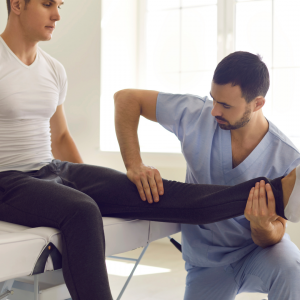
Our legs are incorporated into the most significant part of muscles in our body. They help us get involved in all of our daily activities and help us perform every day. This muscle group is the foundation of our body, so it’s essential to keep them as strong as possible. The whole body and pressure are geared towards our legs because they hold up the entire body. If you’re battling with a leg injury, Orthopedic Doctor Garden City can help you.
Common Knee Procedures
The Knee is very vulnerable to injuries because it’s involved in everyday activities. Since they’re continually moving parts towards the Knee, they can become injured very quickly since it’s doing these movements. There are some common Knee injuries that an Orthopedic Doctor Garden City can help you detect are:
- ACL Reconstruction
- Meniscus repair
- Knee Replacement
- Microfracture
Anterior Cruciate Ligament (ACL) Reconstruction
If you’re someone who plays sports, this is one of the most common injuries that an athlete can face in their lifetime. This reason is that in sports, many sharp cuts and turns need to be made while you’re on the field. They were changing direction too quickly and causing your Knee to give out and or landing on it wrong, causing the Knee to be impacted by this occurrence. When this part of the ligament gets turned, an orthopedic surgeon has to either replace or repair the entire ligament, which causes a long time for it to heal.
Meniscus Repair
This procedure is done by repairing a damaged meniscus. This type of repair can help restore the Knee to its original form and provide long-term health if everything goes well. This takes a few months to heal because you need to regain the strength back entirely in your Knee.
Knee Replacement
When this surgery occurs, the entire Knee is replaced with a metal and plastic implant designed to function as a Knee. A surgeon would take out the bone and cartilage from the thigh bone to the shinbone. Since a new Knee needs to be put in place, they would typically replace the Knee. This kind of treatment provides long-term results.
Microfracture
An orthopedic surgeon would have to address the amount of cartilage damage that is inside of the Knee. This process allows new cartilage to form where there was once again before. An Orthopedic Doctor Garden City can help perform any of these surgeries that are needed.
Common Leg Procedures
- Fractures of the Proximal Tibia
- Thighbone (Femur) Fracture
Fractures of the Proximal Tibia
This occurs when there is a break in the upper shin bone. These fractures can result in possible joint instability, a loss in the range of motion, and the legs’ improper alignment. Although with this possible injury, sometimes surgery is not recommended based on how bad the damage is. It depends on the type of lifestyle that you perform on how fast the recovery can be.
Thighbone (Femur) Fracture
The femur is the most prominent bone in the body, and an injury to this can be detrimental. A fracture to the femur is caused by any fall that may occur. However, surgery is recommended for this type of treatment because there needs to be a realignment to the body’s fractured body. An Orthopedic Doctor Garden City can help with this type of procedure.
How to Keep Legs and Knees Healthy
- Maintain healthy weight
- Be active
- Incorporate a weight exercise regimen
- Listen to any pain that may be dealing with
Orthopedic Doctor Garden City
The Knee is one of the most complex and most significant joints in the body. They take on a toll on the body because it has many responsibilities. Our legs are incorporated into the most considerable part of muscles in our body. They help us get involved in all of our daily activities and help us perform every day. If you’re battling with any Knee and or Leg injuries, Dines Orthopedics and Orthopedic Doctor Garden City is here to help you. Please schedule an appointment to see how we can help you!
Patient Testimonials
